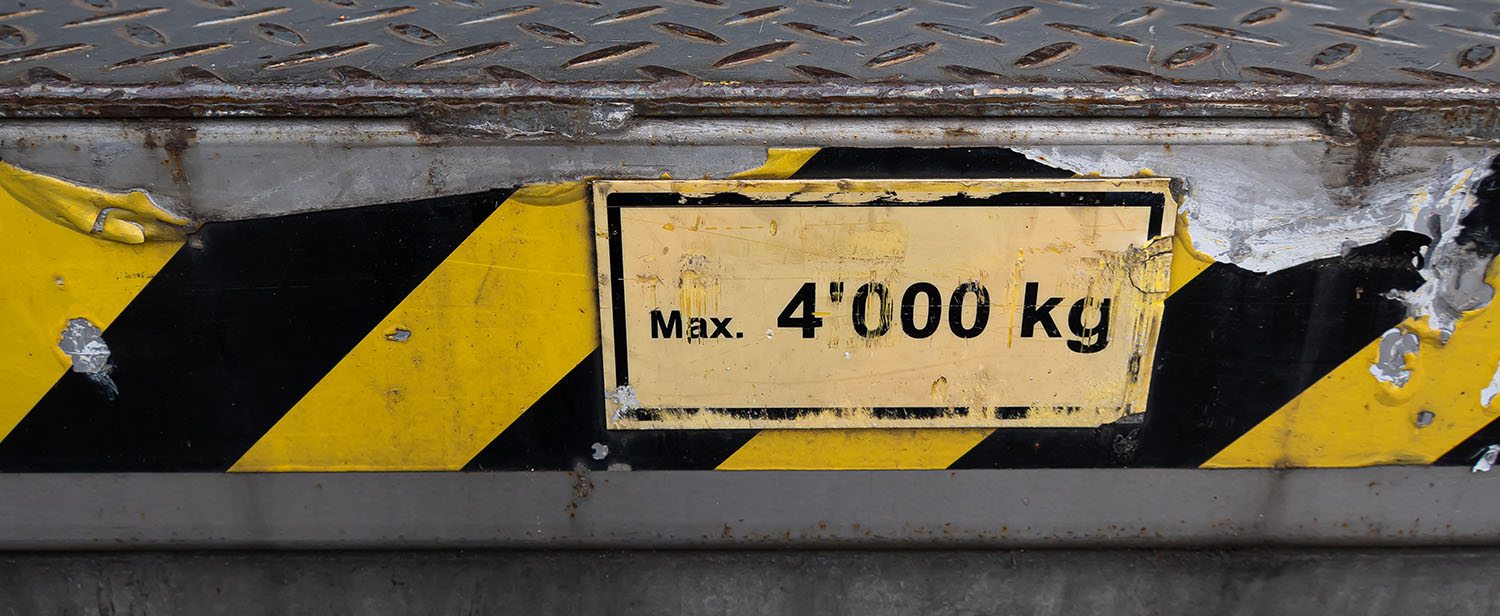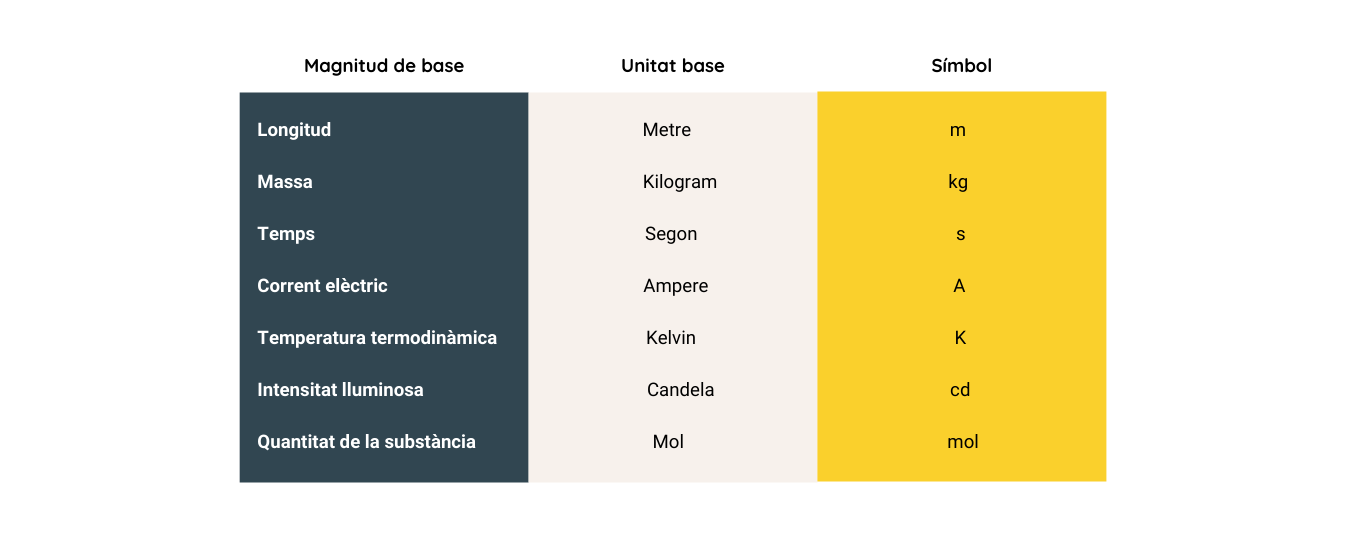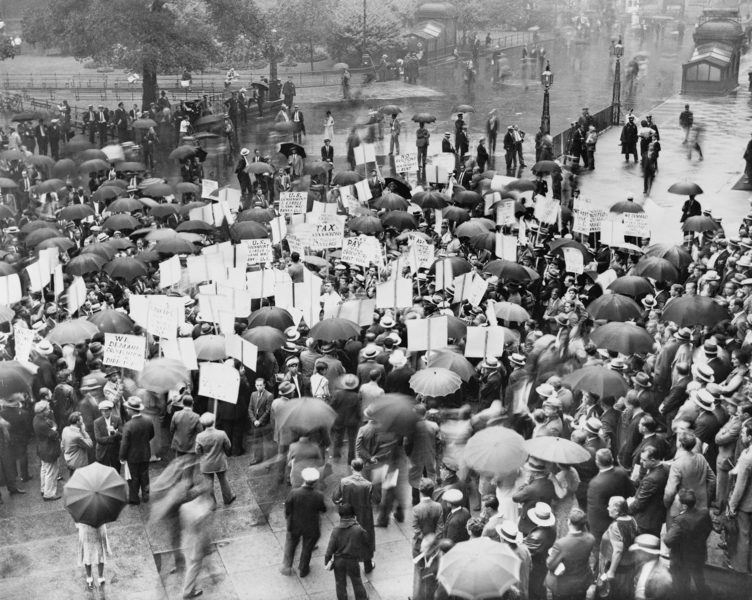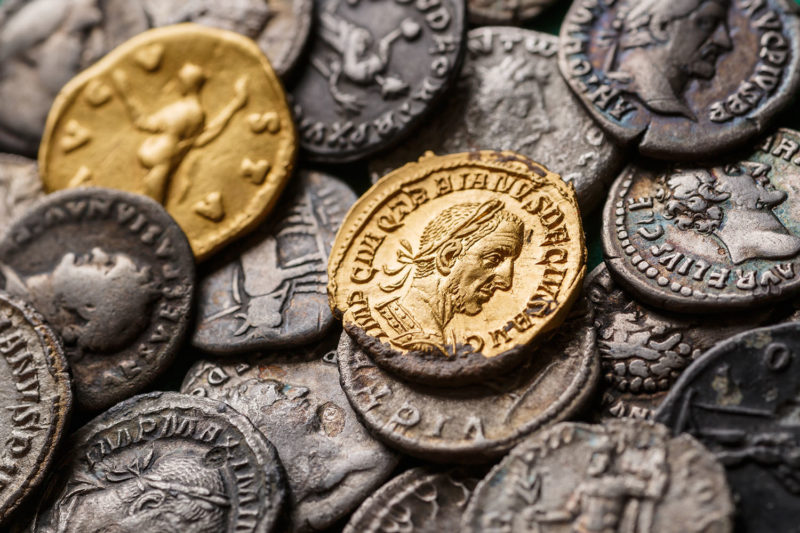

Weights and measures: a nuanced history
The French Revolution, as well as bringing the concepts of liberty, equality and fraternity, also brought the beginning of the homogenisation of metric systems of weights and measures on a global scale. Until then, each territory had its own systems and each, in its own way, had tried to unify them. In 11Onze we take a look at this evolution.
In 1791, France was the first state to adopt the decimal metric system based on the metre and the gram. From then on, the use of the gram and the metre spread throughout the world. But its acceptance as a standard metric system was not approved until 1960, when the International System of Units (SI) was internationally recognised.
It should be borne in mind that the need to measure things has been a human constant since time immemorial. For as long as mankind has had to trade goods, it has used measurement systems, which have been recorded for more than 5,000 years. Over the years, people have used measurements adapted to their circumstances. For this reason, different unique systems of weights and measures have been proposed.
The Metre Convention
Agreeing on a system of measurements has been hard work. Its acceptance by some territories is not yet 150 years old. On 20 May 1875, the Metre Convention was held in Paris, where 17 countries signed an international treaty that aimed to create a world authority in the field of metrology, the science that studies systems of weights and measures.
This treaty created three bodies that are still in force today: the General Conference of Weights and Measures (CGPM), the International Committee of Weights and Measures (ICWM) and the International Bureau of Weights and Measures (BIPM). The mission of these bodies was and is to determine a standardised measurement system. At the 11th General Conference on Weights and Measures in 1960, the well-known SI was adopted, which determined six base units. At the 14th General Conference, the seventh base quantity, the mole, was adopted.
The BIPM, in its 2018 revision of the SI, modified the definitions of four of the basic units: the kilogram, the ampere, the kelvin and the mole. The new definitions are based on the fixed numerical value of Planck’s constant (h), the elementary charge (e), Boltzmann’s constant (k) and Avogadro’s constant (NA), respectively. This fact indicates that the values are constantly being revised and that this system is redefined and refined in order to facilitate industrial production, scientific research and commercial exchange.
The metre, Barcelona and the Balearic Islands
Of all the measurements, the metre is one of the two units that was standardised from the very beginning. And Barcelona, as so often in history, played a key role. In 1799, when it was first defined, the metre was equivalent to one ten-millionth of a quadrant of the Earth’s meridian. This measurement was determined after the fraction of the Paris meridian was measured between Dunkirk and Barcelona in 1718. Later, between 1792 and 1798, geodetic triangulations were extended to the Balearic Islands. Francesc Aragó from Roussillon played an important role in the work of the second part of the survey.
Thus, in 1889 the definition of the metre was the length of the international platinum-iridium prototype, which was replaced in 1960 by the definition based on the wavelength of the radiation corresponding to a particular transition in krypton 86. This change was adopted to improve the precision with which the metre could be defined, which was achieved by using an interferometer with a travelling microscope to measure the optical path difference as the fringes were counted. But in 1983 the definition was changed again, and since then the metre has been defined as the distance that light travels in a vacuum in a given time interval.
Different systems lead to miscalculations
There are many reasons for the complexity of defining individual measurements, but the main one is undoubtedly miscalculation. History is full of misunderstandings, disputes and disasters due to the lack of a standardised system of weights and measures. Contemporary history does not escape from this, despite the fact that almost all countries have accepted the SI —except for the United States, Liberia and Burma — and has episodes that continue to vindicate the need to use a single system, especially in a world as globalised as the one we live in.
One of the most notorious cases is that of the Mars Orbiter, the first meteorological satellite that NASA sent to Mars, but which was never able to complete its work because in 1999, on reaching Mars orbit, it was lost. The exact causes are not known. However, it is known that there was a miscalculation. NASA used the imperial or Anglo-Saxon system, which uses measurements such as inches, miles and gallons, while one of the contractors used the decimal metric system, which uses measurements such as metres, kilograms and litres. One of the investigations carried out to clarify the case determined that the cause of the loss of the satellite was an error in “the conversion of units”.
Traditional Catalan magnitudes
Beyond Barcelona’s prominence in the definition of the metre, the history of metrication in Catalonia is extensive and full of nuances. The territories had created their own measurement systems, based on the legacy left to us by the Roman Empire. In fact, until not too many years ago, people still used ounces, pounds, ‘carga’, ‘petricó and ‘jornal’, among others, in their commercial jargon.
In Catalonia, the desire to unify the metrology system dates back to the 13th century. The first firm agreement, however, was reached at the Cortes de Monzón held in 1585, where the unification of the systems based on the units of measurement used in the city of Barcelona was proposed.
Unification was not easy: establishing the methodology alone took two years. The reduction of weights and measures began in the Vegueria de Barcelona in 1587 and was completed in the Vegueria de Tortosa in 1594. This laborious work has been largely preserved thanks to the minutes collected in five volumes that are kept in the Archive of the Crown of Aragon. Scholars of Catalan metrology have their point of reference there. And you, do you still use any old measurements?

The most common measures and weights in the Catalan tradition:
‘Ounce’. The Catalan weight is equal to one twelfth of a pound. Weight used in jewellery, equal to four quarters or one eighth of a mark, which is equivalent to 33.54 grams. Weight equivalent to nine drachmas. In the Modern Age, a coin of eight ‘escuts’ of gold issued on the peninsula and in the American territories that weighed one ounce, equivalent to 27 grams.
Pound. The pound was the currency of account along with wages and money in the traditional monetary system of Catalonia since Charlemagne. The Catalan unit of weight, divided into 12 ounces, was equivalent to 400 grams in the Principality, 407 grams in the Islands and 355 grams in the Valencian Country. In addition to the common pound, there were different types of special pounds, among which the following stand out: the pound of fresh fish, which was equivalent to 30 ounces; the pound of meat, which was equivalent to 36 ounces or three thirds, and the fat pound, which was equivalent to 18 ounces. It is also the unit of measurement of weight used in Anglo-Saxon countries, the value of which varies according to the system of units used. The pound as a measure of capacity for liquids was used, among other things, to measure wine and oil.
‘Petricó’. Measure of capacity for liquids, which is equivalent to a quarter of a jug.
‘Carga’. Weight equivalent to three quintals or 312 pounds. A measure of capacity of variable value according to the object measured and according to the region. The ‘carga’ of wine is equivalent to 128 ‘porrons’, i.e. 121.60 litres. The quantity of grapes put inside the carriers, which is generally equivalent to 12 ‘arroves’.
‘Cana’. Measurement typical of Catalonia, the Balearic Islands and Northern Catalonia, which is equivalent to eight palms, or six feet, or two steps, and, in Barcelona, is equal to 1.555 metres.






👌
Gràcies, Joan!!!
Molt interesant.
Gràcies!!!
Celebrem que t’hagi agradat, Manuel!
Gràcies
Gràcies a tu, Daniela per seguir-nos i llegir-nos. Seguim a La Plaça!
Ok 👍
Gràcies a tu, Josep! Seguim a La Plaça!
Mokt interessant ,desconeixei cana i carga ,jo encara faig servir la lliura ,tot i que cada cop menys per manca de coneixement d’aquesta
Sempre és bo aprendre coses noves i mai és tard! Gràcies per ser-hi, Alícia.
👏 👏 bon article. El Meridià Verd o Dunkerke passa per Catalunya, des de París fins a la platja d’Ocata (El Maresme) on hi ha una fita explicativa.
Gràcies per la teva aportació, Laura. Seguim!😉
Bona classe de història, merci. Desconeixia les mesures estàndards tradicionals catalanes.👍
Gràcies pel teu comentari, Jordi! Sempre s’aprèn alguna cosa nova a La Plaça.🧐
M’ encanta aquest article. La història, la ciencia -les trifulgues que hi ha al darrera per determinar què és un metre- i la part no tan llunyana de les mesures i pesos més usuals de la tradició catalana.
La carga de vi, arrodonida a 120 l, i mitja carga, tan usuals en el comerç del vi, no fa pas tant temps.
Val a dir que 11onze ens ha fet una mica anglosaxons al parlar del preu de les unces d’or.
Gràcies, Mercè! A 11Onze intentem parlar i informar de tot a la nostra comunitat, a La Plaça. Ens agrada aprendre coses i estar al dia de tot. Seguim!😉